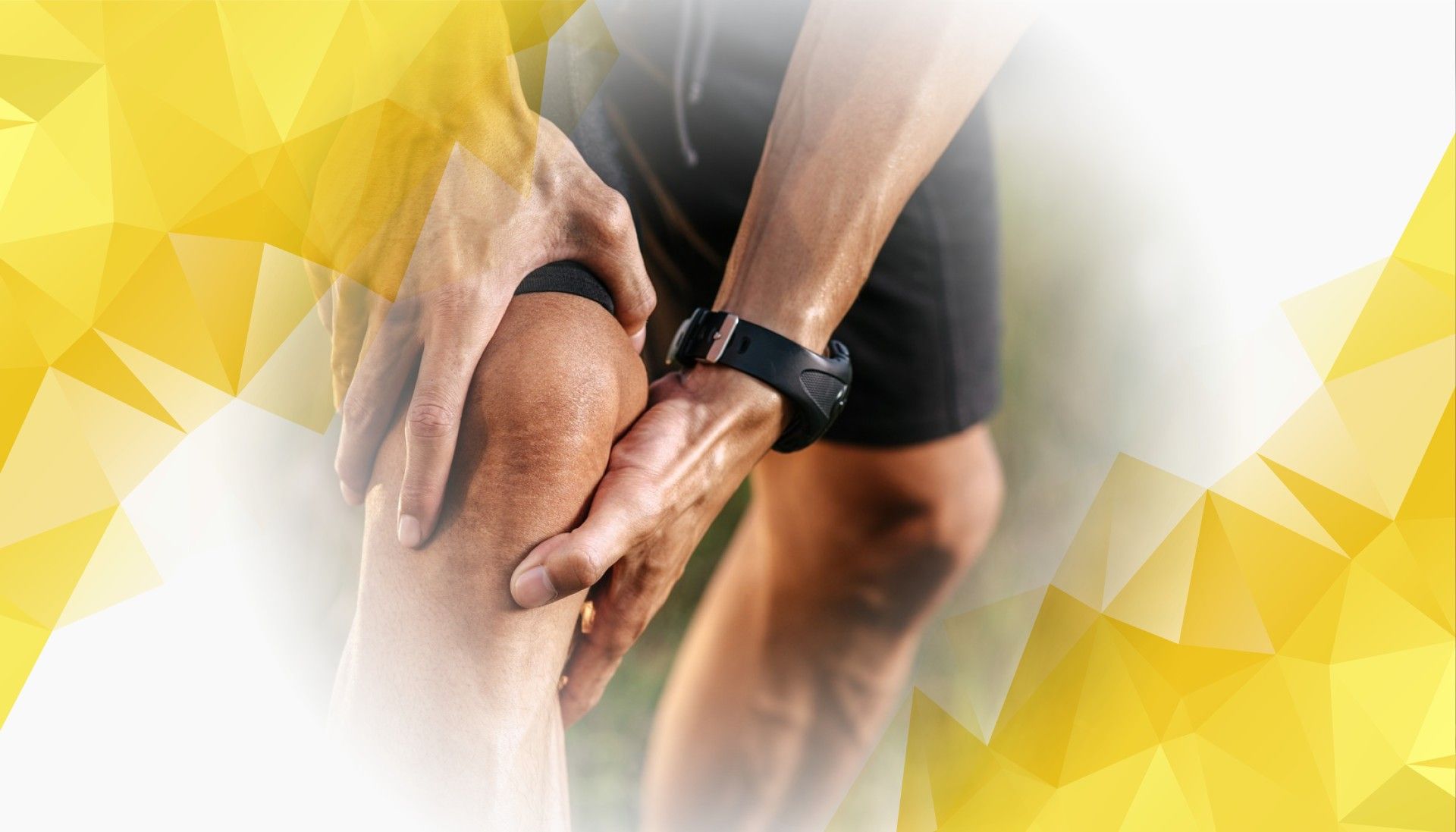Introduction: Tackling Knee Pain with Smarter Load Management
Knee pain is a familiar issue for everyone, from active athletes to those recovering from injury . One of the main challenges in keeping your knees healthy is managing the amount of stress and pressure—known as “load”—put on the joint during activity. Enter MAI Motion ’s Safe Zone Training: an innovative approach designed to help you move your knee within a range that protects it from strain while still giving you the benefits of exercise. By prioritizing smart load management and pain relief, Safe Zone Training offers a research-backed way to care for your knees , helping you move more comfortably and confidently. Recent studies show that the MAI Motion system provides reliable motion data even with efficient, shorter movement assessments, making knee care more convenient and accessible.
Understanding How Your Knee Works and the Idea of the ‘Safe Zone’
To appreciate the power of Safe Zone Training, it helps to understand how your knee functions. The knee is a complex joint that supports your body through daily movements, handling forces as you walk, run, or exercise. “Load” refers to the weight and pressure on your knee . Research has shown that, when increased slowly and safely, this load can actually strengthen your knee , encouraging tissues such as cartilage and ligaments to adapt and become more resilient.
However, problems arise when the load is too great or when the knee moves beyond its optimal range of motion. Too much stress can cause pain or injury . That’s why MAI Motion centers its approach on the “Safe Zone”—the sweet spot where your knee can handle movement and weight without risk. Training within this zone is key to managing pain and preventing further problems. This approach takes the guesswork out of caring for your knees, turning complex science into simple, actionable advice. For example, recent validation studies found that a streamlined exercise protocol not only works just as well as traditional methods but is also easier and less tiring for participants—a promising development for real-world application.
How Safe Zone Training Works in Real Life
So, how does Safe Zone Training fit into your daily routine? MAI Motion creates personalized plans that respect your Safe Zone, helping you build strength and confidence without overdoing it. Each exercise is tailored to your individual needs, with progress monitored carefully to ensure your knee isn ’t being pushed too far or too fast.
Imagine a runner struggling with knee pain : Safe Zone Training could mean adjusting their running technique and scaling back intensity, keeping their knee in a comfortable, safe range. For someone recovering from an injury, it might involve gentle movement patterns that avoid painful positions, gradually rebuilding stability and strength . These practical applications show how Safe Zone Training suits everyone, from athletes aiming for top performance to anyone simply wanting to walk and move without discomfort. By making training both effective and manageable, this approach makes lasting knee health accessible to all.
Conclusion: A New Standard in Knee Care
MAI Motion’s Safe Zone Training is redefining how we manage knee pain and joint health. By focusing on safe movement ranges and controlled loading, this approach enables effective rehabilitation and supports long-term joint wellness. Bringing together the latest research and practical exercise strategies, Safe Zone Training lays out a path for stronger, healthier knees . Whether you’re living with knee pain or simply want to safeguard your joints for the future, this new standard in knee care empowers you to move freely and confidently.
References
Armstrong, K., Zhang, L., Wen, Y., Willmott, A. P., Lee, P., & Ye, X. (2024). A marker-less human motion analysis system for motion-based biomarker identification and quantification in knee disorders. Frontiers in Digital Health, . https://doi.org/10.3389/fdgth.2024.1324511
Wen, Y., Verma, T., Whitehead, J. P., & Lee, P. (2025). Empirical Validation of a Streamlined Three-Repetition Sit-to-Stand Protocol Using MAI Motion. Applied Sciences, 15(10), Article 5688. https://doi.org/10.3390/app15105688

